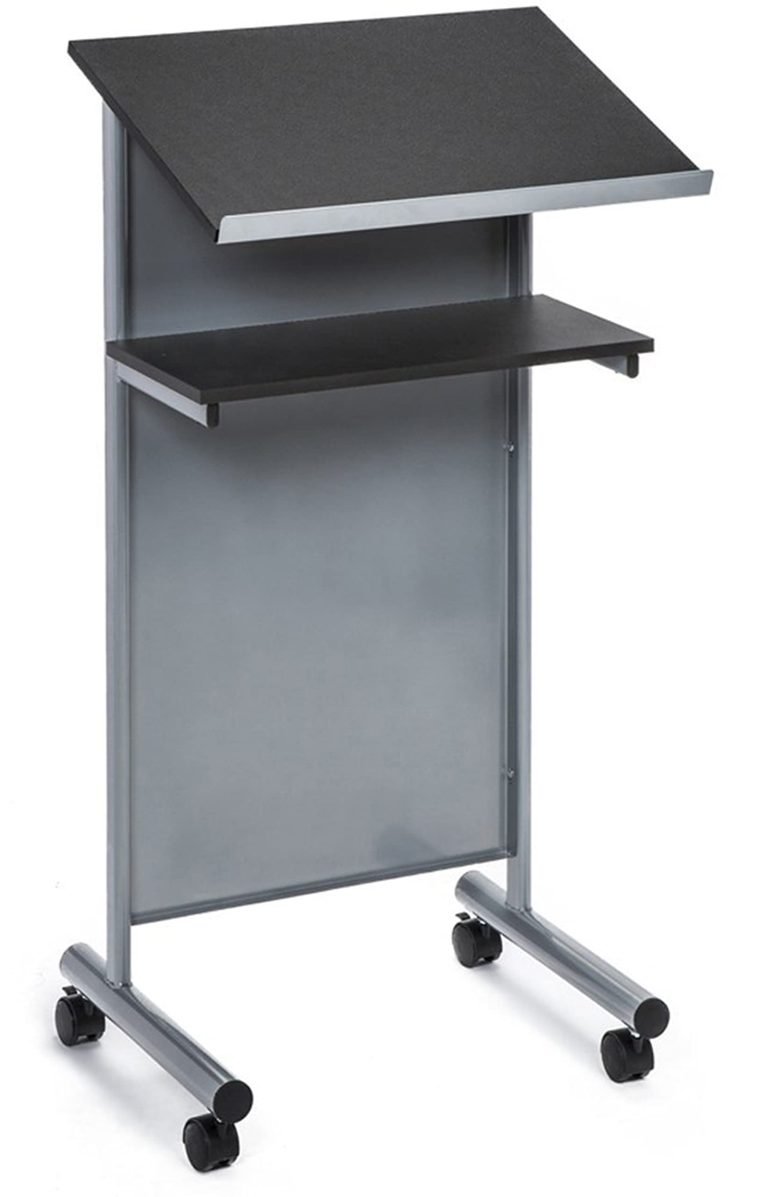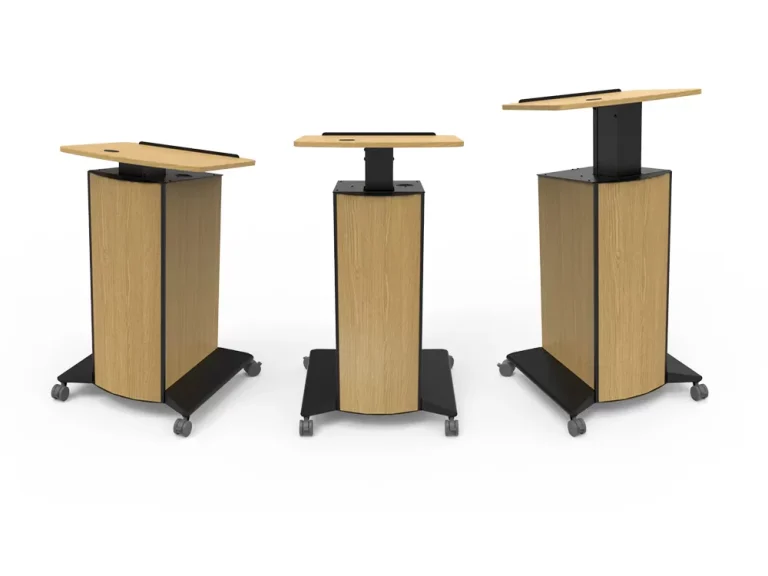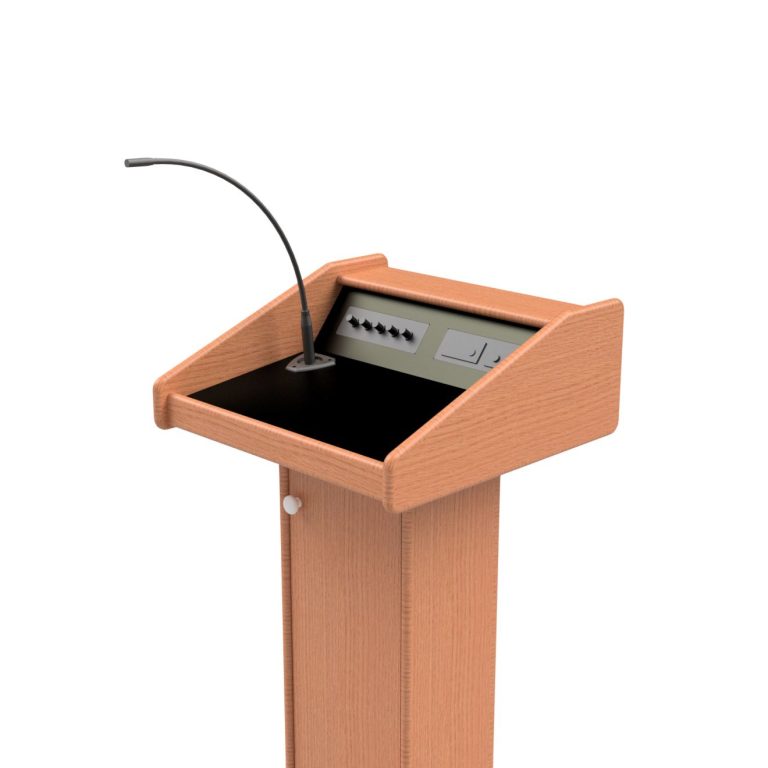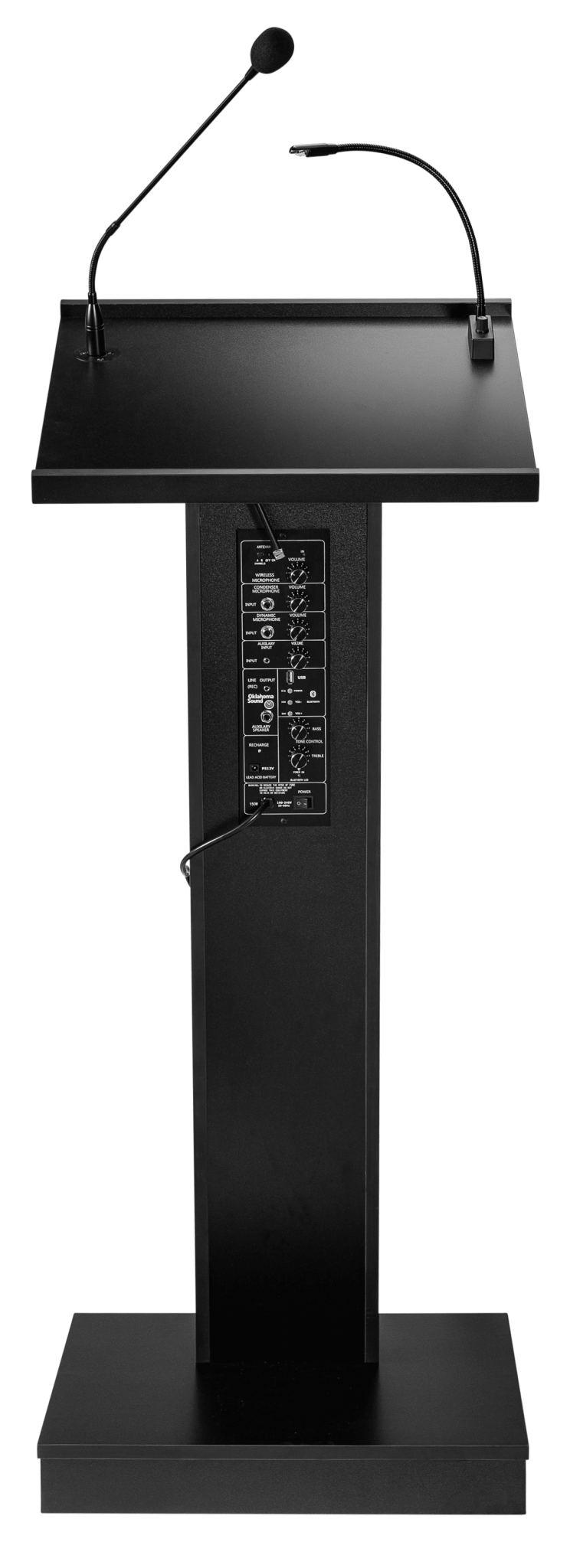What are Stagecraft Safety Rules?
Stagecraft safety rules are guidelines that ensure the protection and well-being of individuals working in the stagecraft industry, aimed at preventing accidents and injuries.
Importance Of Stagecraft Safety Rules
Stagecraft safety rules are crucial for ensuring the well-being of performers and crew members. These rules encompass various aspects such as proper handling of equipment, fire safety measures, and emergency protocols. By adhering to these guidelines, the risk of accidents and injuries during stage productions can be significantly minimized.
Preventing Accidents
Stagecraft safety rules play a crucial role in preventing accidents during performances. The entertainment industry can be fast-paced and frenetic, with various moving parts and equipment on and around the stage. By implementing and adhering to safety regulations, the risk of accidents can be significantly reduced. Safety measures such as regularly inspecting equipment, ensuring proper storage of props and scenery, and utilizing appropriate tools and techniques contribute to creating a safe environment for everyone involved.
Protecting Performers And Crew
One of the primary reasons why stagecraft safety rules are so important is to protect the performers and crew. Theater productions and live events often involve physically demanding tasks, intricate choreography, and complex staging setups. By following safety guidelines, performers can focus on their artistry without worrying about their well-being. From providing personal protective equipment to creating designated areas for performers and crew, implementing safety measures ensures that everyone involved in the production remains safe and protected.
Ensuring Smooth Productions
In addition to preventing accidents and safeguarding performers and crew, stagecraft safety rules also contribute to the smooth execution of productions. When safety measures are in place, everyone can work harmoniously and efficiently. Clear protocols, such as proper communication channels, well-defined roles and responsibilities, and emergency preparedness, help minimize disruptions and ensure that the production runs smoothly from start to finish. By prioritizing safety, theater companies and event organizers can maximize productivity and deliver exceptional performances without any unexpected setbacks.

Credit: slideplayer.com
Common Stagecraft Safety Rules
When it comes to stagecraft, safety is of paramount importance. Understanding and adhering to common stagecraft safety rules is essential to ensure the well-being of everyone involved in a production. In this article, we will explore some of the most important safety rules that stagecraft professionals need to follow. These rules cover various aspects such as fire safety, electrical safety, fall protection, equipment safety, and hazardous materials handling.
Fire Safety
Fire safety is crucial in any stagecraft setting to prevent accidents and protect the people and property involved. Here are some key fire safety rules:
- Keep fire exits clear and accessible at all times, without any obstructions.
- Maintain a sufficient number of fire extinguishers in strategic locations.
- Regularly inspect and test fire alarms and smoke detectors.
- Create and communicate a clear evacuation plan to all personnel.
- Store flammable materials properly and away from ignition sources.
Electrical Safety
Electricity is widely used in stagecraft, so following electrical safety guidelines is crucial. Consider the following electrical safety rules:
- Ensure all electrical equipment is properly grounded and inspected regularly.
- Avoid overloading electrical circuits and use appropriate circuit breakers.
- Keep electrical cables away from areas with water or moisture.
- Use electrical cords and cables free from frays or exposed wires.
- Ensure personnel are trained in safe electrical practices and procedures.
Fall Protection
Falls from heights can result in serious injuries, so fall protection measures must be in place. Here are a few fall protection safety rules:
- Install and use safety nets, guardrails, or harness systems where necessary.
- Provide proper equipment for working at heights, such as ladders or scaffolding.
- Ensure workers receive appropriate training on fall prevention and protection.
- Regularly inspect and maintain fall protection equipment to ensure its effectiveness.
Equipment Safety
Stagecraft often involves the use of various tools and equipment, which can pose risks if not handled properly. Remember these equipment safety rules:
- Regularly maintain and inspect equipment to ensure it is in good working condition.
- Train personnel in the safe operation of all stagecraft equipment.
- Provide appropriate protective gear, such as goggles or gloves, for specific tasks.
- Follow proper lifting techniques to prevent strain and injury.
- Secure equipment when not in use to prevent accidental movement or dislodging.
Hazardous Materials Handling
Stagecraft may involve the use of hazardous materials, such as paints, solvents, or prop chemicals. It’s vital to follow these safety rules when handling such substances:
- Store hazardous materials in well-ventilated areas with clearly labeled containers.
- Provide appropriate personal protective equipment (PPE) when working with hazardous materials.
- Dispose of hazardous waste in accordance with regulations and guidelines.
- Train personnel on proper handling, storage, and disposal procedures for hazardous materials.
- Keep an emergency spill cleanup kit readily available in case of accidents.
Implementing Stagecraft Safety Rules
Implementing stagecraft safety rules is crucial to ensure the well-being of crew members and performers, as well as the success of any live production. By adhering to specific safety guidelines, accidents can be minimized, and everyone involved can focus on delivering a memorable performance.
Training And Education
One of the fundamental aspects of implementing stagecraft safety rules is providing adequate training and education to all members of the production team. By equipping everyone with the necessary knowledge and skills, potential risks and hazards can be identified and addressed effectively.
During training sessions, crew members learn about safety procedures, proper equipment handling, and emergency protocols. They are also educated about the potential dangers associated with their specific roles, such as handling heavy stage props, working at heights, or operating lighting and sound equipment.
A well-trained crew understands the importance of using personal protective equipment (PPE) and follows established safety measures at all times. By actively participating in training programs, crew members are empowered to prioritize safety, minimizing the likelihood of accidents and injuries.
Safety Inspections
Regular safety inspections are essential for maintaining a safe stagecraft environment. These inspections help identify potential hazards, defects, or discrepancies that may compromise the well-being of the crew, performers, or audience members.
Inspections should cover various aspects of the production, including the stage, rigging, props, electrical systems, and backstage areas. Inspectors assess the condition of equipment, check for any signs of wear and tear, ensure proper installation and operation, and verify compliance with safety standards.
Using a comprehensive checklist, inspectors can identify potential issues and initiate appropriate corrective actions. By conducting regular safety inspections, stagecraft professionals can identify and mitigate risks before they escalate into accidents or emergencies.
Emergency Preparedness
Emergency preparedness is an integral part of implementing stagecraft safety rules. It involves developing contingency plans, establishing evacuation procedures, and ensuring the availability of necessary emergency equipment.
Everyone involved in the production should be familiar with emergency protocols and know the designated exit routes. In addition, crew members should undergo training on first aid and basic life support techniques, enabling them to provide immediate assistance in case of injuries or medical emergencies.
Furthermore, it is crucial to have readily accessible fire extinguishers, first aid kits, and emergency communication systems strategically placed throughout the venue. These measures ensure a swift response in the event of an emergency and help minimize the potential impact on performers, crew, and audience members.
By prioritizing training, conducting thorough safety inspections, and establishing robust emergency preparedness measures, stagecraft professionals can create a safe environment for all involved. This not only enhances the overall production value but also fosters a culture of safety within the industry, ensuring the longevity and success of future performances.
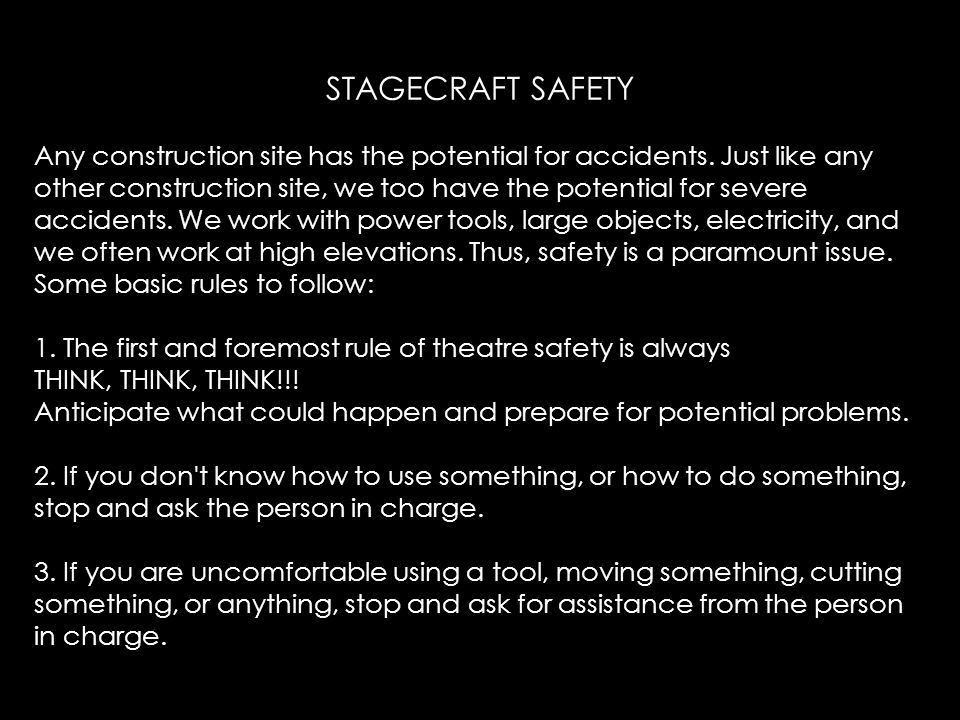
Credit: slideplayer.com

Credit: www.amazon.com
Frequently Asked Questions Of What Are Stagecraft Safety Rules?
What Are 3 Important Rules For Theatre Safety?
Three important rules for theatre safety are: 1. Conduct regular equipment checks for lighting, sound, and stage machinery to ensure they are in good working condition. 2. Implement proper fire safety measures, including regularly inspecting fire exits, ensuring fire extinguishers are easily accessible, and practicing emergency evacuation procedures.
3. Train staff and crew members on emergency protocols, such as first aid, dealing with hazardous materials, and responding to potentially dangerous situations.
How Do You Make A Stage Safe?
To make a stage safe, follow these guidelines: 1. Ensure the stage surface is stable and free from hazards. 2. Use appropriate lighting and secure electrical connections. 3. Install guardrails or barriers to prevent falls. 4. Conduct regular inspections and maintenance on equipment and rigging.
5. Train staff on emergency procedures and implement crowd control measures.
What Are The Safety Measures In Drama Production?
Safety measures in drama production include regular safety inspections, proper training for cast and crew, adherence to fire safety protocols, utilization of safe props and equipment, and implementation of emergency response plans. These measures ensure a secure working environment and help prevent accidents or injuries during the production process.
Why Is Safety Important In Tech Theatre?
Safety is crucial in tech theatre as it ensures the well-being of everyone involved. Accidents can be avoided through proper protocols and equipment. Safety measures protect performers, crew members, and audience members, minimizing the risk of injury. Prioritizing safety creates a secure environment, fostering trust and enhancing the overall theatre experience.
What Are The Main Stagecraft Safety Rules?
Stagecraft safety rules include proper use of equipment, knowledge of emergency procedures, and adherence to safety regulations.
Conclusion
Stagecraft safety rules play a critical role in ensuring the well-being of all those involved in the theater industry. By adhering to these guidelines, we can minimize the risks and hazards that come with working on stage. From understanding the importance of proper lighting to securing set pieces, these rules prioritize the safety of actors, crew members, and audience members alike.
Emphasizing safety not only protects individuals, but it also contributes to a smoother and more successful production. So, let’s remember to prioritize our safety and make the stage a secure and enjoyable space for everyone involved.
